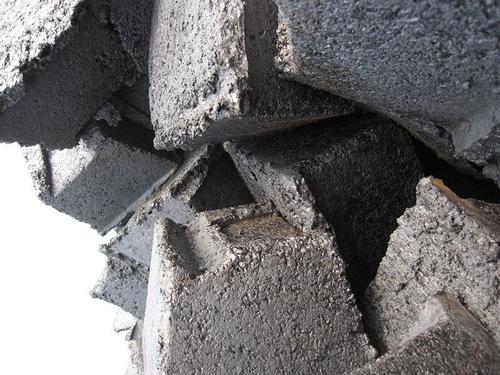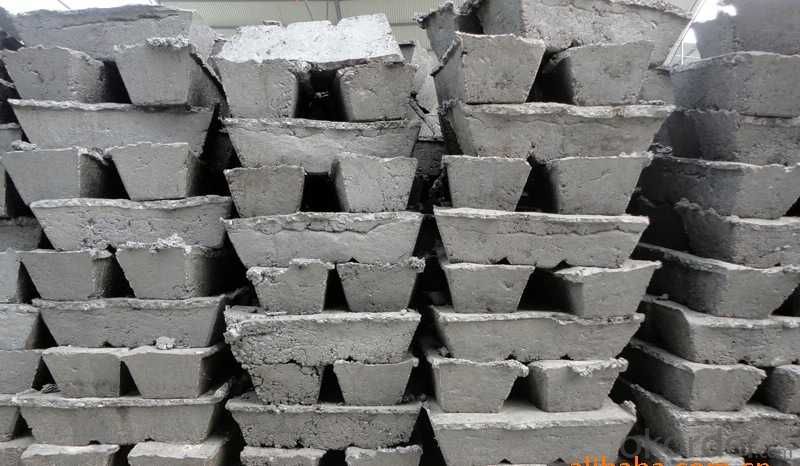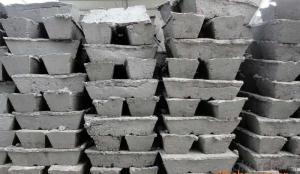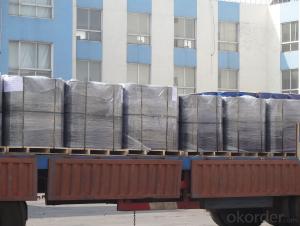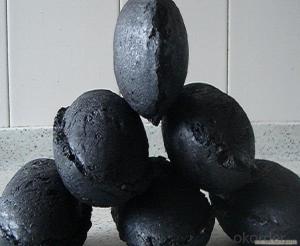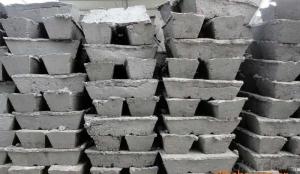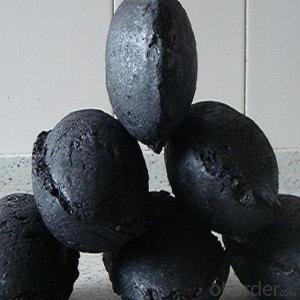Low Ash Carbon Electrode Paste -With Ash4-9
- Loading Port:
- Lianyungang
- Payment Terms:
- TT OR LC
- Min Order Qty:
- 20 m.t.
- Supply Capability:
- 600 m.t./month
OKorder Service Pledge
OKorder Financial Service
You Might Also Like
Low Ash Carbon Electrode Paste -With Ash4-9
Product Describtion
Carbon Electrode Paste is a self-baking electrode used in submerged arc furnaces for delivering power to the charge mix. Electrode Paste is added to the top of the electrode column in either cylindrical or briquette form. As the paste moves down the electrode column the temperature increase causes the paste to melt and subsequently bake forming a block of electrically conductive carbon. Electrode Paste is essentially a mix of Electrically Calcined Anthracite (ECA) or Calcined Petroleum Coke (CPC) with Coal Tar Pitch.
Main Function And Features
1) Low ash content
2) Good electric and thermal conductivity
3) High resistance to temperature
4) Stable quality
5) Reasonable price
6) Size:all kinds of electrode paste
7) Accord customer's reques change
Carbon Electrode Paste Specification
parameter unit gurantee value
Ash.( % ) 4.0 max5.0 max 6.0 max 7.0 max 9.0 max 11.0 max
V.M (%) 12.0-15.512.0-15.512.0-15.59.5-13.511.5-15.511.5-15.5
Compress. 18.0 min17 min 15.7 min 19.6 min19.6 min19.6 min
Strength
Specific 65 max68 max 75 max 80 max 90 max 90 max
Resistance (μΩm)
Bulk Density 1.38 min1.38 min1.38 min1.38 min1.38 min1.38 min
Pictures
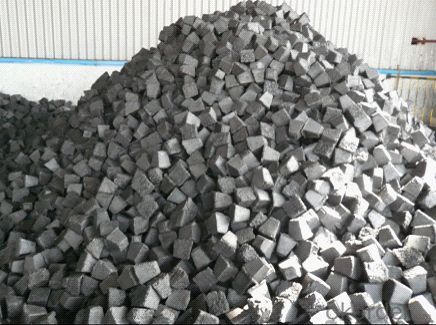

- Q: Does alumina react with carbon?
- NotThe smelting of Al in industry can only be done by electrolysis. Even at high temperatures, the reducibility of C is not as strong as Al, and the melting point of Al2O3 is very high. At this temperature, C has been gasified
- Q: What is diamond?
- Diamond is a naturally occurring precious gemstone that is composed of carbon atoms arranged in a unique crystal lattice structure, known for its exceptional hardness, brilliance, and durability.
- Q: What is carbon sequestration and how does it work?
- The process of carbon sequestration involves the capture and storage of carbon dioxide (CO2), preventing its release into the atmosphere and its contribution to climate change. In the fight against global warming, this process is of utmost importance because CO2, as a greenhouse gas, traps heat and leads to an increase in the Earth's temperature. There are various techniques for carbon sequestration, with terrestrial, oceanic, and geological methods being the most commonly used. Terrestrial sequestration entails the capture of CO2 from the atmosphere and its storage in plants, trees, and soil. This can be achieved through afforestation, reforestation, and adopting sustainable agricultural practices that boost soil carbon storage. On the other hand, oceanic sequestration involves the storage of CO2 in the oceans, taking advantage of their natural ability to absorb and retain large quantities of CO2. By enhancing the ocean's capacity to capture CO2, for example through the use of algae or other marine plants, we can effectively decrease the concentration of CO2 in the atmosphere. Geological sequestration, meanwhile, revolves around capturing CO2 from industrial sources like power plants or factories and injecting it deep underground into geological formations. These formations, such as depleted oil and gas reservoirs or saline aquifers, serve as natural storage sites for the captured CO2. Over time, the injected CO2 becomes trapped and mineralizes, permanently storing it away from the atmosphere. Moreover, technological advancements have made it possible for carbon sequestration to occur through methods like direct air capture (DAC) and carbon capture and storage (CCS). DAC involves the use of machines or devices to directly capture CO2 from the air, while CCS focuses on capturing CO2 emissions from industrial processes before they are released into the atmosphere. Once captured, the CO2 can be transported and stored underground, either in geological formations or in depleted oil and gas reservoirs. In summary, carbon sequestration plays a vital role in mitigating climate change. By capturing and storing CO2, we can reduce the concentration of greenhouse gases in the atmosphere and help stabilize the Earth's climate. However, it is important to note that while carbon sequestration is an important solution, it should not be viewed as the sole solution. Combining carbon sequestration with other strategies for mitigating climate change, such as reducing emissions and transitioning to renewable energy sources, is crucial for effectively combating this global challenge.
- Q: How is carbon used in the production of paints and coatings?
- Carbon is commonly used in the production of paints and coatings as a pigment or filler. It can be derived from various sources, such as carbon black or activated carbon, and is added to paint formulations to provide color, opacity, and UV resistance. Additionally, carbon-based materials can be used as additives to enhance the durability, adhesion, and corrosion resistance of coatings.
- Q: How does carbon affect the formation of landslides?
- The formation of landslides is not directly influenced by carbon. Instead, natural factors such as heavy rainfall, earthquakes, or volcanic activity, as well as human activities like deforestation or construction, primarily trigger landslides. However, carbon does have an indirect role in landslides through its impact on the environment. The emission of excessive carbon dioxide (CO2) is primarily caused by human activities like burning fossil fuels and deforestation, and this contributes to climate change. As a result of climate change, rainfall events become more frequent and intense, increasing the likelihood of landslides. The increased rainfall saturates the soil, making it heavier and more susceptible to sliding, particularly on steep slopes. Deforestation is another way in which carbon indirectly affects landslides. Trees play a crucial role in stabilizing slopes by anchoring the soil with their root systems. However, when forests are cleared for agriculture, urbanization, or logging, the loss of tree cover weakens the soil's stability and raises the risk of landslides. Furthermore, the absence of vegetation reduces rainfall absorption, leading to increased surface runoff and erosion, further destabilizing slopes and making them more prone to landslides. In conclusion, while carbon itself does not directly cause landslides, its impact on climate change and deforestation can indirectly contribute to the occurrence and severity of landslides. Addressing carbon emissions and promoting sustainable land management practices are essential to mitigate the risk of landslides and preserve the stability of slopes.
- Q: How do human activities contribute to carbon emissions?
- Human activities contribute to carbon emissions in various ways. One major source is the burning of fossil fuels such as coal, oil, and natural gas for transportation, electricity generation, and industrial processes. Deforestation and land-use changes, mainly for agriculture and urbanization, also release significant amounts of carbon dioxide into the atmosphere. Additionally, industrial processes, including cement production and chemical manufacturing, release greenhouse gases. Overall, our reliance on fossil fuels and unsustainable land management practices are the primary drivers of human-induced carbon emissions.
- Q: What do you mean by carbon fiber for 1K, 3K, 6K and 12K?
- 1K, 3K, 6K, 12K, in which K refers to the number of filaments. 1K is made up of 1000 single wires. If you don't understand, you can just put K and 1000 equal.
- Q: Rod box material, there is a kind of material called carbon fiber, who knows this material is good?
- Carbon fiber has many excellent properties, carbon fiber axial strength and high modulus, low density, high performance, no creep, non oxidation under the environment of high temperature resistance, good fatigue resistance, between heat and electrical conductivity between the metal and non metal, smaller thermal expansion coefficient and anisotropy, good corrosion resistance, X Radiability good. Good conductivity, thermal conductivity, good electromagnetic shielding, etc..
- Q: How does carbon dioxide affect the acidity of rainwater?
- Carbon dioxide (CO2) dissolves in rainwater to form carbonic acid (H2CO3), which increases the acidity of the rainwater.
- Q: How does carbon dioxide affect the formation of clouds?
- Carbon dioxide does not directly affect the formation of clouds. However, it is a greenhouse gas that contributes to global warming, leading to changes in atmospheric temperature and humidity, which can indirectly impact cloud formation and properties.
Send your message to us
Low Ash Carbon Electrode Paste -With Ash4-9
- Loading Port:
- Lianyungang
- Payment Terms:
- TT OR LC
- Min Order Qty:
- 20 m.t.
- Supply Capability:
- 600 m.t./month
OKorder Service Pledge
OKorder Financial Service
Similar products
Hot products
Hot Searches


